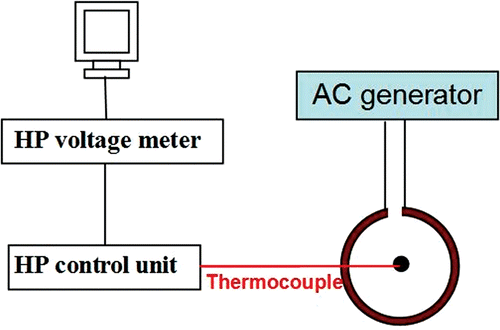Figures & data
Figure 1. The nanoparticles distribution inside the gel at the beginning of the injection: (a) side view, (b) top view.

Figure 2. A black and white version of the nanoparticles distribution for an infusion flow rate of 1.25 µl/min and a gel concentration of 4%.

Figure 4. The nanofluid distribution shapes for a gel concentration of (a) 0.2%, (b) 0.5%, (c) 1%, (d) 2% and (e) 4% for different infusion flow rates.

Figure 5. The calculated nanofluid distribution volume in the gel after the injection of 0.3 cc ferrofluid as a function of time during the infusion process.
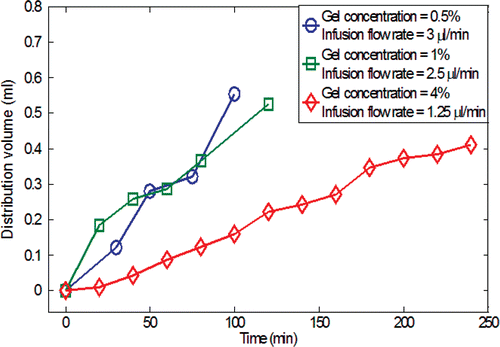
Figure 6. The ratio of the distribution volume to the infused volume of ferrofluid as a function of the infusion flow rate for different gel concentrations.
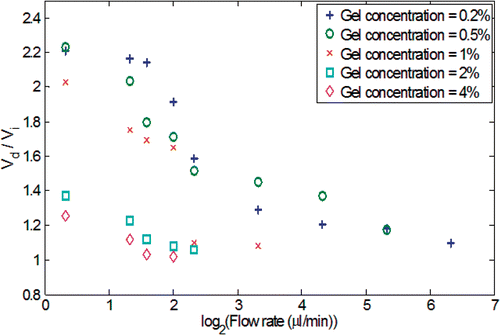
Figure 7. The evaluation of the initial slope of the heating curve for a gel concentration of 0.2% and an infusion rate of 4 µl/min (r is the radial distance from the injection site).
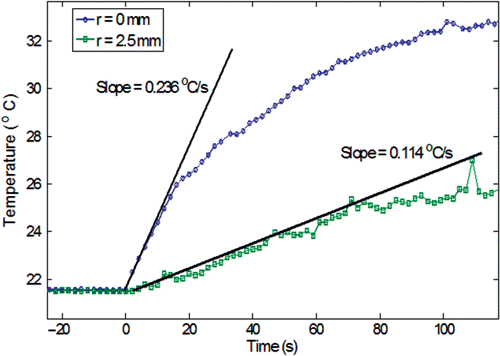
Figure 8. The specific absorption rate (SAR) as a function of the radial distance from the nanoparticles injection site.
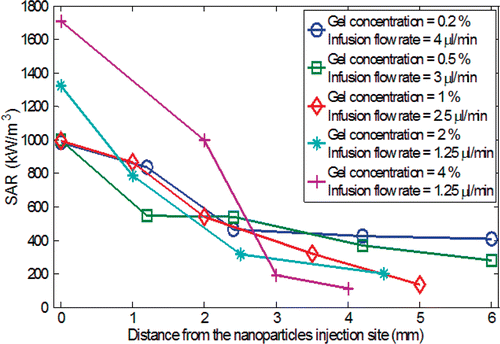
Table I. Calculated curve fitting coefficients based on Equation 4 (R2 ≥ 98%).
